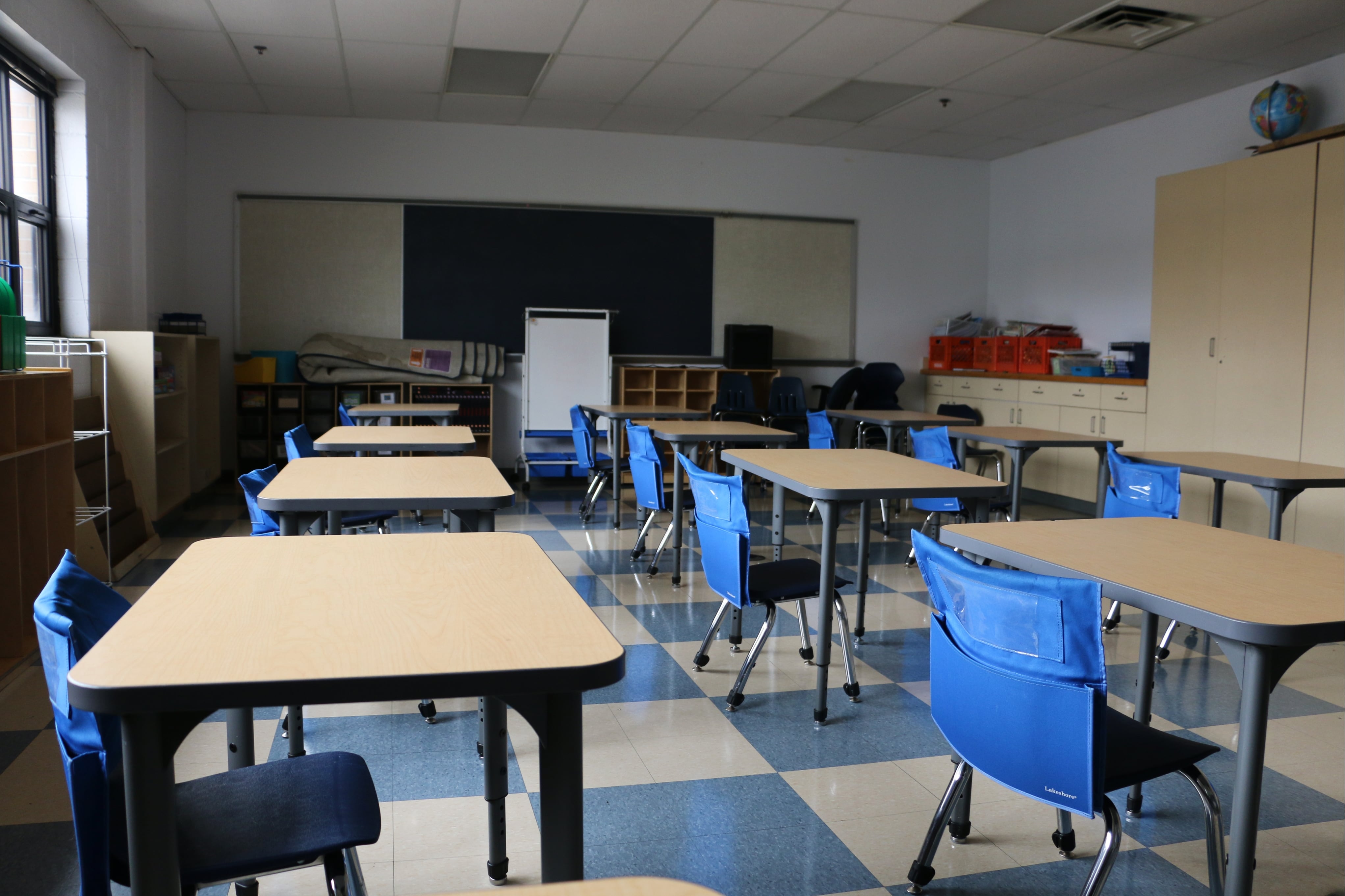After a two-year pause brought on by the pandemic, New York state officials are restarting their system for identifying struggling schools.
In doing so, officials want to begin to “shift the narrative” about how low-performing schools are viewed by the public, state officials said Monday during the Board of Regents meeting.
“When we talk about a ‘good school,’ who are we including and who are we excluding?” asked State Education Commissioner Betty Rosa.
As part of the shift, officials this year plan to relabel schools considered in good standing as “schools identified for Local Support and Improvement, or LSI.” The label is similar to those used for struggling schools. For example, the lowest-performing schools used to be called Comprehensive Support and Improvement schools, or CSI, but will now be called “schools identified for Comprehensive Support and Improvement.”
The changes are supposed to be reflective of a system that pushes for improvements and support for all students, officials said, referring to the model as “continuous improvement.”
Asked if parents could get confused, officials said they’re planning to share more resources with families that clarify the changes, though they did not provide specifics.
The Board of Regents is set to pass the tweaked plan on Tuesday. The plan will then go out for public comment, which officials said they will review and could potentially propose additional changes later this winter. School accountability determinations won’t be released before that process is done.
Officials determine whether a school is struggling based on information from previous school years. For this school year, the metrics that officials began using in 2019 will be tweaked or paused altogether, officials said, citing the ongoing effects of the pandemic.
The state education department will use state test scores or Regents exam results from 2021-22 to look at student performance in math, reading and science, but they won’t measure student growth because there isn’t more complete data from before last school year.
Officials will, however, use older data to look at trends in graduation rates, which have risen during the pandemic as the state paused Regents exams. They will also look at older data to measure English proficiency rates among students who are learning English as a new language.
Additionally, at high schools, officials won’t measure college and career readiness, which previously was determined by looking at how many students earned advanced diplomas, career certificates or took accelerated classes.
Accountability measures for a school’s graduation rate and chronic absenteeism – defined as a student missing 10% or more school days — will be considered through percentile rankings, meaning officials will study how students in specific subgroups compare to each other.
While these changes will be temporary and will only be in effect for this school year, officials signaled they could be the start of more permanent tweaks to how the state labels schools.
“The plan approved by [the U.S. Department of Education] lays the groundwork for systemic changes to our state’s accountability plan to make it more responsive to our parents and communities while meeting the needs of all New York State students,” said Chancellor Lester Young Jr. in a statement. “Our accountability system builds on our work to improve academic achievement, provide equitable support systems, and enhance customer service.”
Measuring how well schools are doing is required by the federal government. Specifically, at least 5% of the state’s Title I schools, or those that serve a large share of low-income students, must be identified as needing extra support.
But as the pandemic took hold and state assessments were paused, such requirements were waived. New York state officials tried to get another waiver for this school year, but federal officials denied that request. Instead, state officials proposed a modified accountability plan, which federal officials approved last week.
In 2019, New York officials created a new accountability system that, most significantly, took into account whether students were growing in reading and math. The system still used state test scores and graduation rates as ways to determine academic progress at schools, but they also measured college and career readiness and chronic absenteeism.
Even before the pandemic, state officials did not aggressively intervene in schools they determined to be struggling. As required by the federal government, those schools are required to create plans for how they’ll improve.
Jeff Smink, deputy director of Education Trust New York, said his organization is glad the state is restarting the accountability system, and much of the tweaks presented Monday appear to be technical changes due to the lack of data from the last couple of years.
While Smink acknowledged that graduation rates must be one of the indicators for high school, he’s worried that it won’t be a very accurate measure, given that the state waived Regents exams as the public health crisis wore on — making it easier to graduate. Smink is also concerned that the state hasn’t yet released statewide test scores so that schools have “baseline data” on reading and math. Schools also need context on how they compare to other districts, Smink said.
“Not having any data for the last two years made it clear how important it is to have assessment data because it feels like the public is flying blind without it,” Smink said.
The temporary changes rolled out on Monday made sense to Aaron Pallas, a professor at Teachers College and an expert in testing because the pandemic made it impossible to look at student growth before last school year. Few students actually took state exams in 2020-21; just one-fifth of children took the tests in New York City at the time.
Many other states are “probably all in the same boat,” Pallas added.
The “narrative shift” also is reflective of this newer Board of Regents and state education department, which has seen some turnover in recent years and does not like to focus heavily on test scores, Pallas said.
“All of that suggests wanting to come up with terminology that doesn’t stigmatize those schools,” Pallas said.
Reema Amin is a reporter covering New York City schools with a focus on state policy and English language learners. Contact Reema at ramin@chalkbeat.org.







